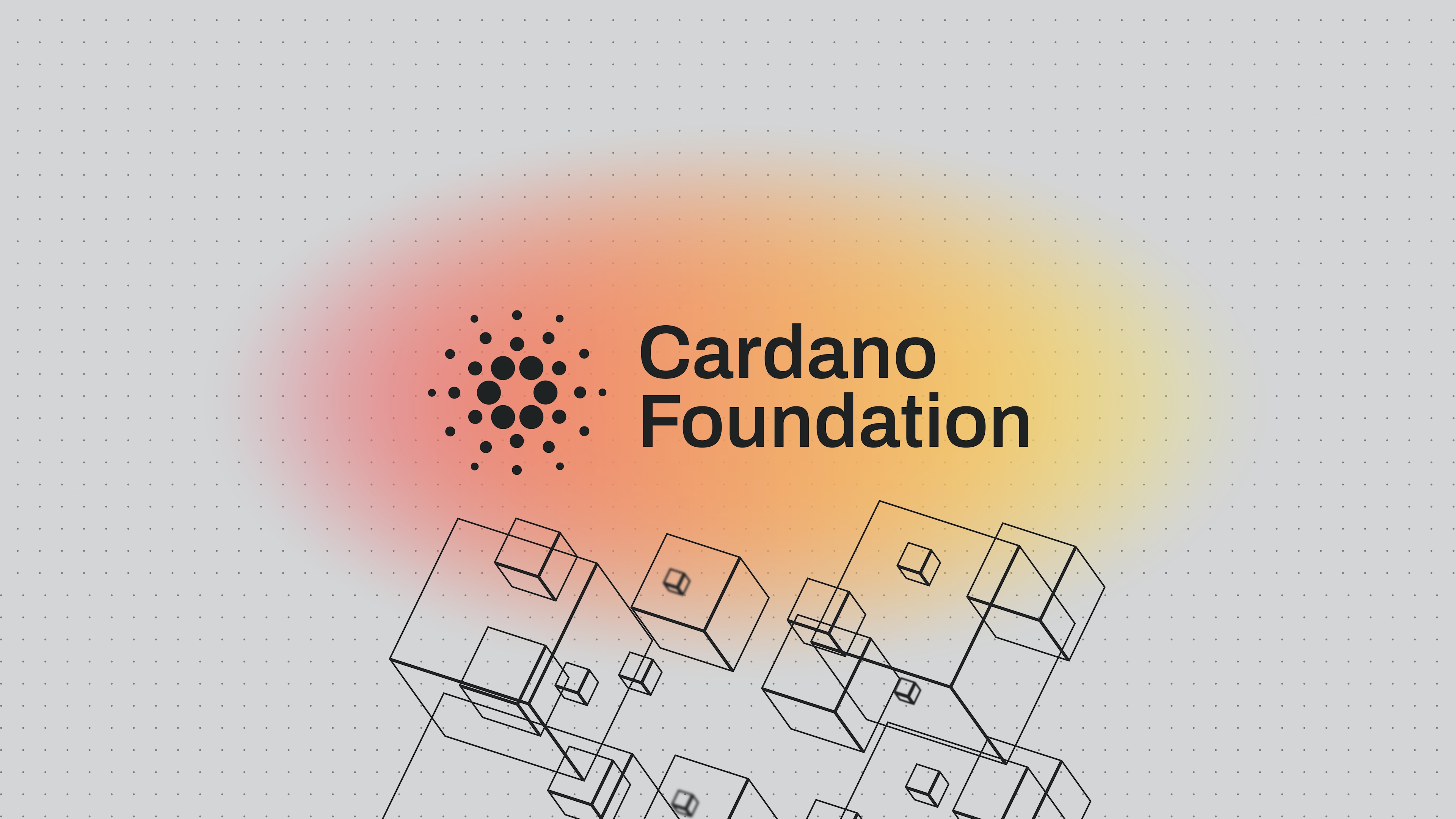Blockchain Basics: A Simple Guide for Beginners
Blockchain technology, initially linked to cryptocurrencies, now impacts various sectors by offering a decentralized, secure method for data management. A blockchain is a digital ledger of cryptographically linked data blocks, ensuring immutable records across a network of nodes. Unlike cryptocurrencies, blockchain serves broader applications beyond digital currency transactions.
Invented by Stuart Haber and W. Scott Stornetta, and popularized by Satoshi Nakamoto's Bitcoin white paper, blockchain addresses double-spending issues. It operates through nodes validating transactions, forming secure, tamper-proof records. Blockchain types include public, private, consortium, and hybrid, each suited for different use cases like supply chains, legal processes, digital assets, intellectual property, and voting systems.

